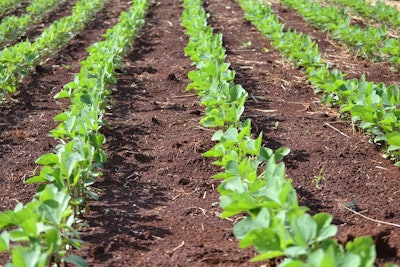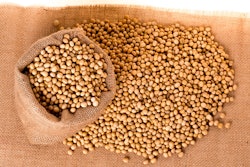
The pain points in the organic soybean market are becoming a little clearer with the Mercaris Monthly Update report, released Tuesday.
While it has been four months since the USDA National Organics Program (NOP) ended its recognition agreement with India’s Agriculture and Processed Food Products Export Development Authority (APEDA), the impacts on the market have been less straightforward than pointing to India as a source for the recent market challenges. In fact, the data is suggesting something different altogether.
“We saw markets initially brace for turmoil following the NOP’s announcement given that India accounted for 42% of U.S. organic soy supplies over the 2019/20 marketing year,” says Ryan Koory, director of economics for Mercaris. “However, since the NOP’s announcement, imports from India have actually increased 10% year-over-year from February to April 2021.”
Koory says that with Indian and organic soybean meal imports generally remaining strong, data suggests the pain point in U.S. organic soybean supplies appears to be organic whole soybean imports.
不包括印度、有机大豆进口down 24% year over year through April. Considering that whole soybean imports made up 75% of U.S. organic soy crush last year, that may explain the supply challenges purchasers are facing and Argentina is of special note.
“Historically, Argentina has played a major role in whole soybean imports, making up 35% of organic whole soybean imports in 2019/20,” adds Koory. “However, that number is down 68% year over year through April of this marketing year.”
Looking forward, Koory says to keep an eye on the Argentine bottleneck as it will be key to understanding the organic soybean market for the rest of the year.
AboutMercaris
Mercaris has helped its customers capitalize on the growing demand for organic and non-GMO agriculture by providing market intelligence, analysis, and trading services exclusively for the identity-preserved agriculture industry.





















